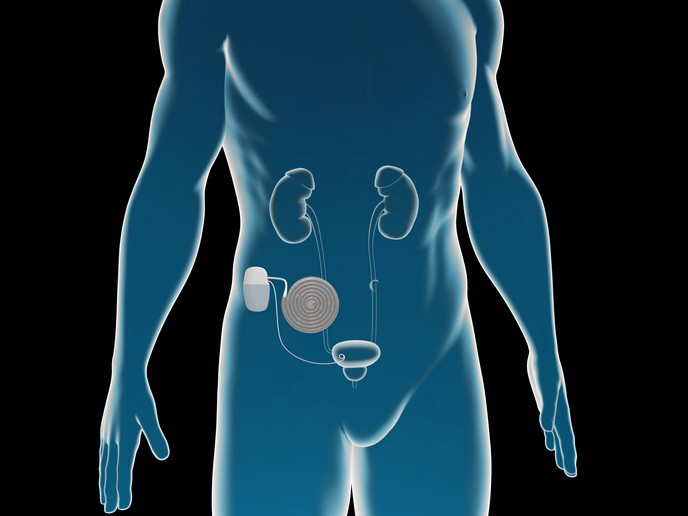AI-driven approaches to personalised healthcare
Identifying individuals at high risk of disease quickly and efficiently is critical to achieving better long-term health outcomes. This is especially true for treatable conditions such as diabetes, stroke and coronary artery disease. The AI-PREVENT project, funded by the European Research Council(opens in new window), sought to support this goal through the application of artificial intelligence (AI). For this purpose, health data of the Finnish population, along with a variety of other information, was gathered. “This data was brought together through the FinRegistry(opens in new window) initiative,” explains AI-PREVENT project coordinator Andrea Ganna from the University of Helsinki(opens in new window). “This dataset includes health data as well as a wide range of other information such as hospitalisations, diagnoses, familial risk and socio-demographic status.”
Modelling health and other risk factors
This valuable data source enabled the project to develop and apply novel AI approaches to model possible health trajectories with regards to cardiovascular disease. The aim was to find new ways of modelling the complex relationships between health and various other risk factors. “You can think of this dataset as the book of life of all Finnish citizens,” says Ganna. “Each individual is a sentence in this book. All these sentences are connected, with relationships and multigenerational elements.” Applying AI tools enabled Ganna and his team to examine each sentence in its context, and to generate predictions for the future. “We can try to see how these individual stories are likely to evolve,” he explains.
Linking socio-economic data with health data
The AI-generated models were indeed shown to be powerful tools for identifying specific individuals at risk and in need of preventive care. Likely end uses could be to screen for cancer, or to identify individuals in need of a cardiovascular check-up. “This kind of sorting would normally just be done on key criteria like age and gender,” adds Ganna. “Applying AI tools to a large data registry means we can screen people better. This more personalised approach could help people live longer and be more cost-effective for health services.” The project also looked at the concept of fairness. Ganna wanted to get an idea of whether AI modelling would be accurate across all groups of society, or whether it might favour certain groups such as the well-off. “We wanted to see whether linking socio-economic data with health data can deliver unbiased indicators,” he notes. “This approach also opens up the question of whether, as a society, we even want to use data in this way. If an AI system is deciding who should be first to receive a vaccine based on complex data, will citizens accept this?”
Making AI models more generalisable
An important next step will be to expand this exercise across several European countries. Ganna notes that the European Health Data Space Regulation(opens in new window), which came into force in March 2025, is very much in line with legislation in Finland that made the AI-PREVENT project possible. “This project has underlined the importance of data access,” he says. “This is the core of everything we do. We won’t be able to understand the fairness of applying AI tools, for example, unless we have actual data we can use. This research into precision public health doesn’t happen without this foundational work.” Applying AI to more EU countries would help to make Ganna’s models more generalisable, he believes, and capable of understanding differences between countries. He also intends to train his AI models on genetic data, to further strengthen preventive healthcare in Europe. These targeted approaches should help to improve health outcomes, and make lab work more effective and efficient.







